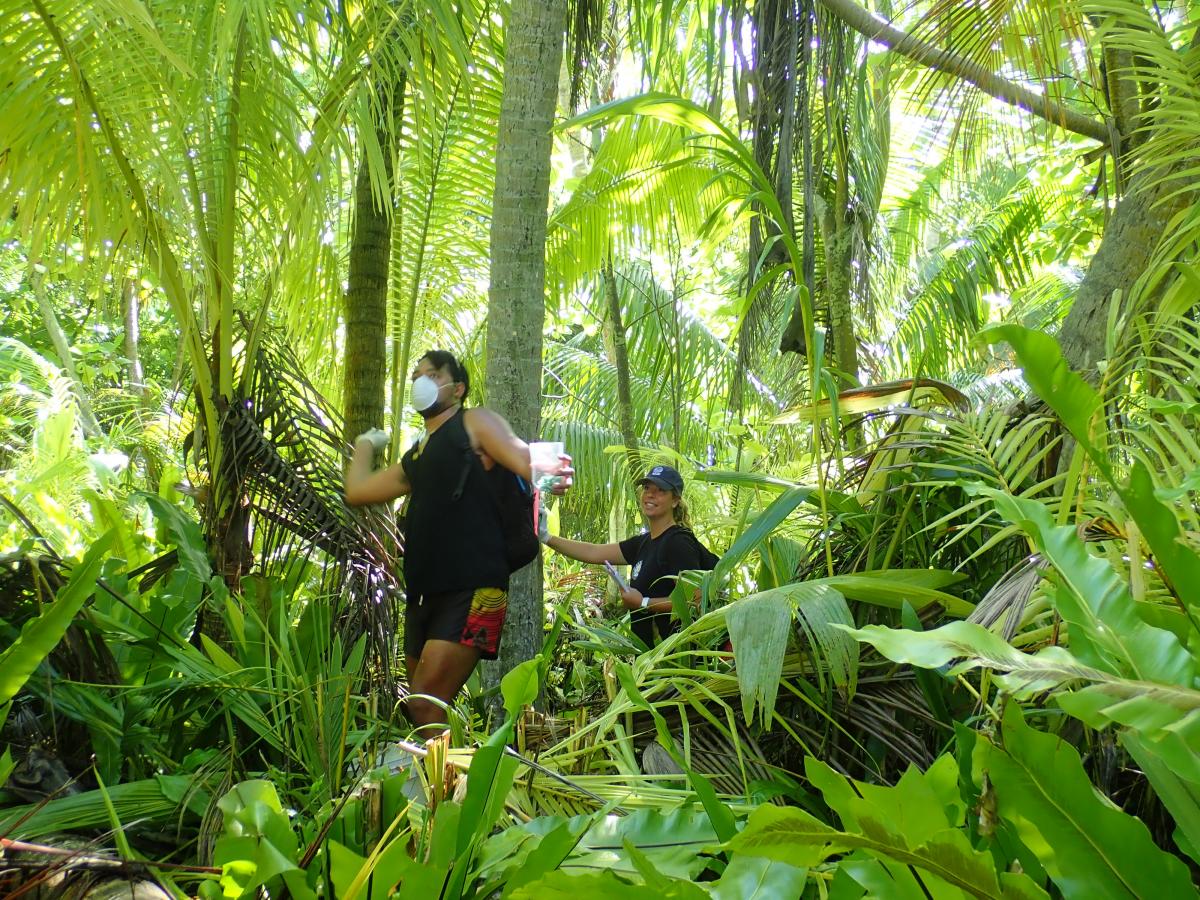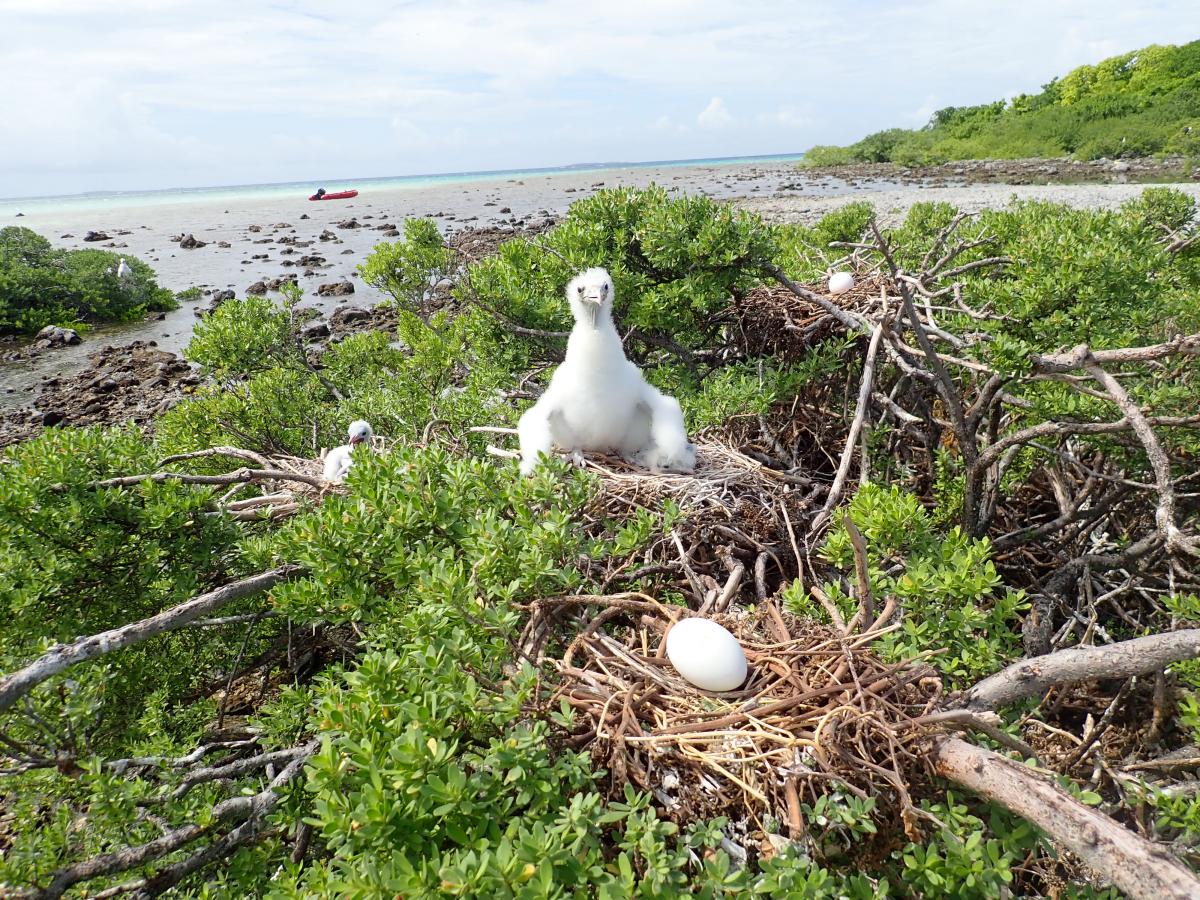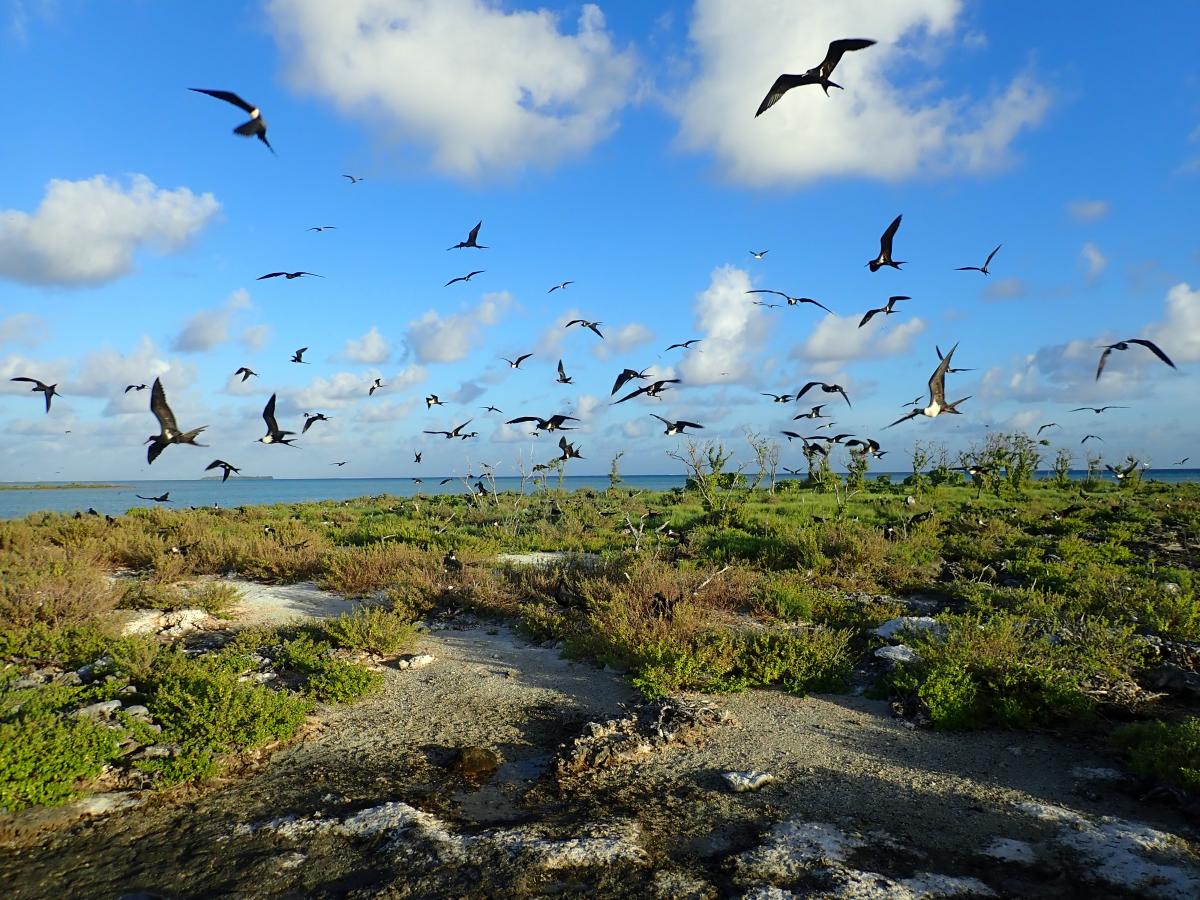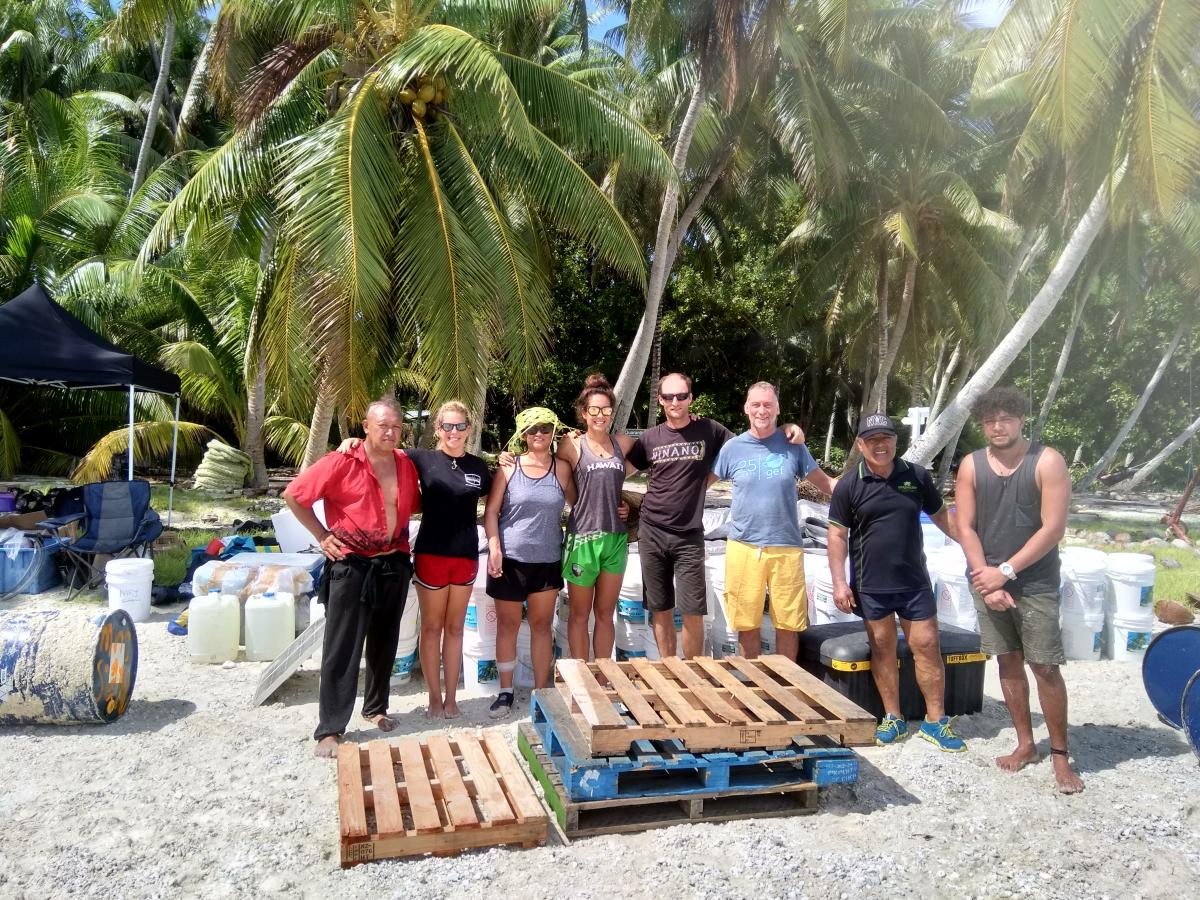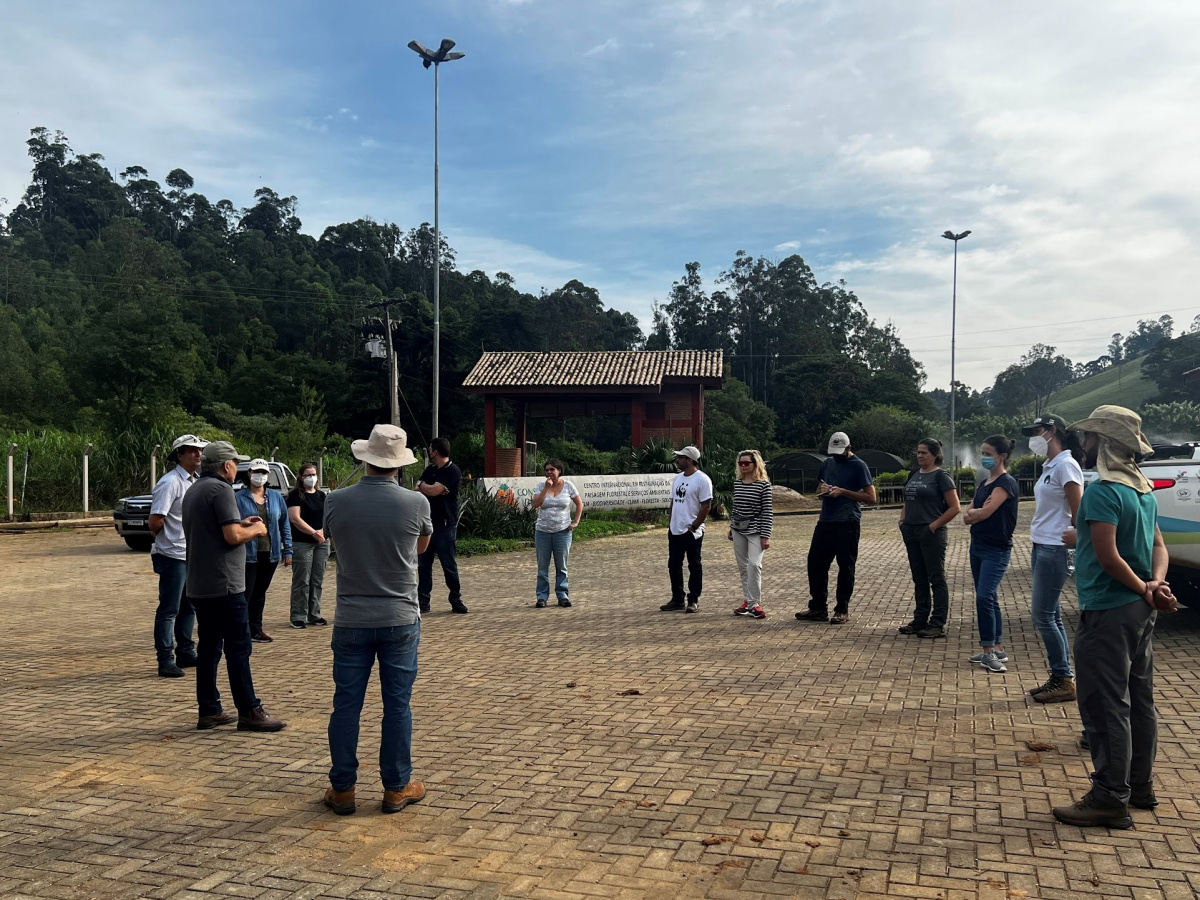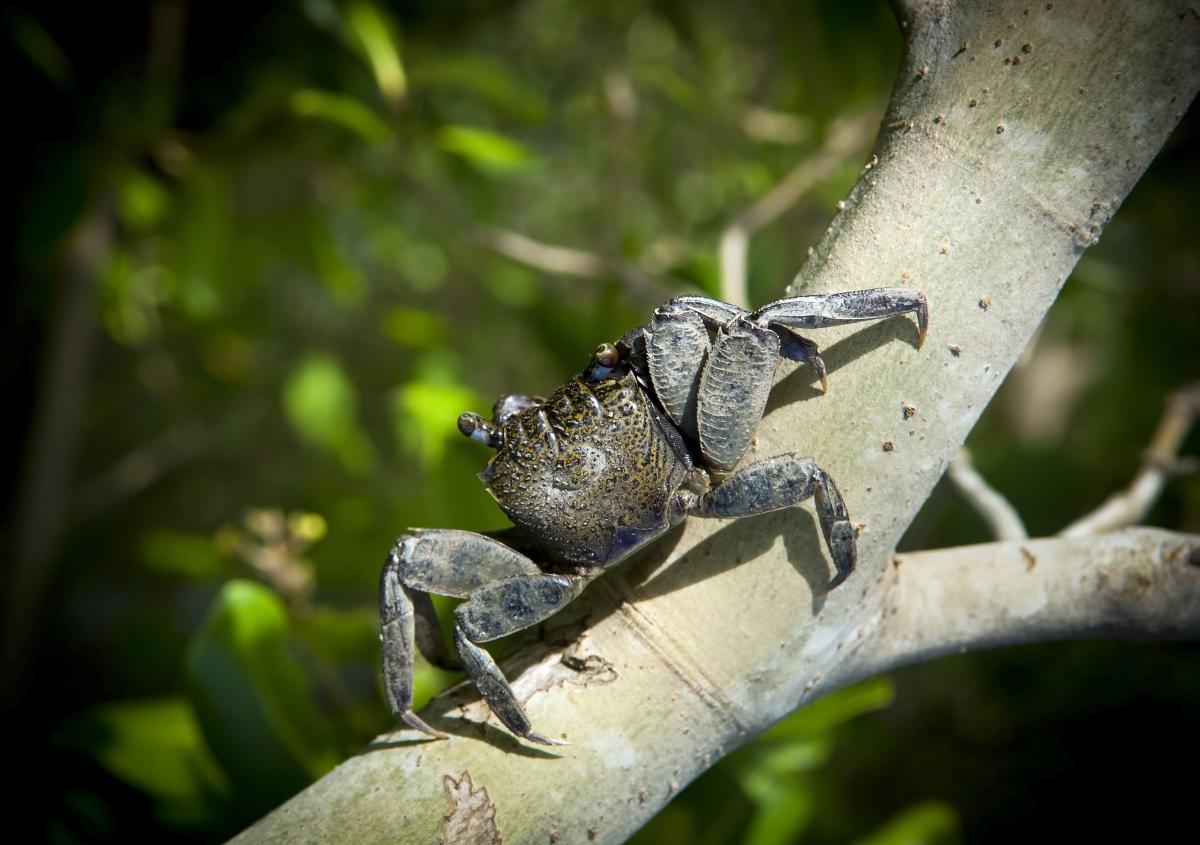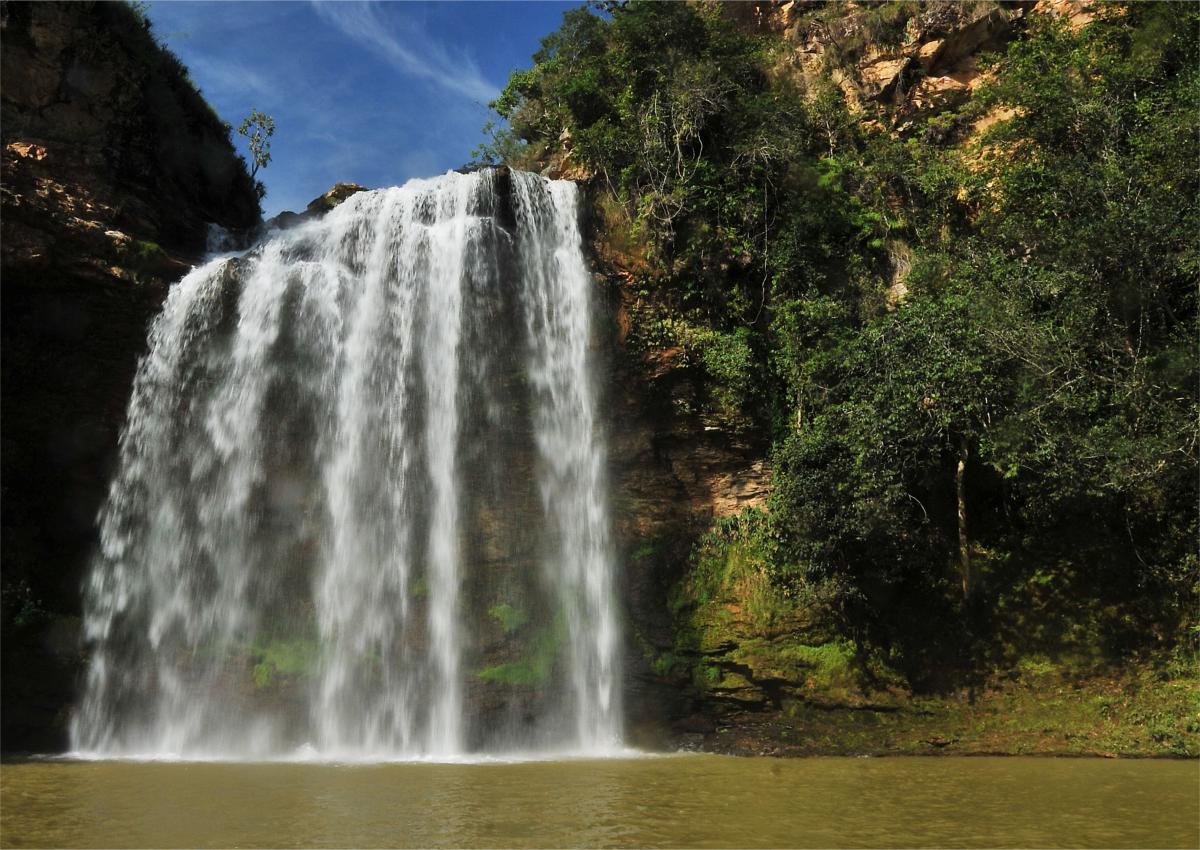Suwarrow is for the birds
Te Ipukarea Society (TIS) is the only IUCN member in the Cook Islands, and are also the Birdlife International partner for the country. The Technical Director of TIS, Kelvin Passfield, represents the Oceania Region on the CEM steering committee. He has filed this brief summary of the invasive species (Pacific rat, Rattus exulans) removal from Suwarrow. This uninhabited atoll in the northern part of the country, is the first National Park in the Country, declared in 1978.
The TIS team of 4 consists of Alanna Smith, Mary McDonald, Mia Samuela and Kelvin Passfield. They were joined by a volunteer from Pacific Islands Conservation Initiative, Ashley Cota and Steve Cranwell, a veteran of over 40 invasive species removal activities. He is invasive species programme manager from Birdlife International based in Suva. Cook Islands National Environment Service rangers Harry Papai and John Samuel also provided much appreciated support.
This was the 3rd attempt to remove these persistent invasive rodents from the atoll since 2003. The last baiting was in 2013, and at that time rats were successfully removed from Anchorage, the main island, where the National Environment Service (NES) rangers are based during the yacht cruising season from May till November. During the cyclone season the rangers are brought back to Rarotonga, for safety reasons. Unfortunately a few survived on Motu Tou, and these have now increased to the maximum carrying capacity for the motu (islet).
One of the reasons it was thought that the 2013 operation on Motu Tou had failed was because of the very high numbers of coconut crabs there that love eating the rat bait. So this time, the team planned to apply more than double the amount of rat bait as last time, in the hope that there would be plenty for both the rats and the crabs. Crabs are totally unaffected by the rat bait, though it is recommended that humans do not eat the crabs for at least 6 months after a baiting operating such as this.
The team left Rarotonga on Saturday 12th May, and overnighted on Palmerston Atoll on the Tuesday the 14th, where they were very well looked after by the Marsters family. Palmerston has a very interesting history if you want to look it up on the internet!
The team finally arrived in Suwarrow on Thursday 17th May, along with the National Environment Service rangers. After a full day of unloading the cargo on the beach at Anchorage Island, including 188 buckets of rat bait, totalling nearly 2 ton, the team overnighted on Anchorage. They slept in a variety of available exclusive accommodations, none of which you will find on Booking.com. These ranged from the old house and the newer cyclone shelter (the garden view units), to a few hammocks hanging between coconut trees on the beach (the lagoon view accommodation).
Next day most of the gear was loaded into 2 boats (the team boat and the NES boat) and transported to Motu Tou to set up base for the rat baiting. Based on information received from the rangers, we hoped Motu Tou was the only motu that had rats remaining. That day the team also started to cut through the thick island vegetation to establish a reference line through the Motu along the East-West long axis of the islet. The following day the reference line cutting was completed and the team started cutting the baiting tracks across the motu in a North south direction. After 6 back breaking and exhausting days, and numerous wasp stings, the cutting of the tracks was completed. Thirty one parallel tracks in all, 25 m apart.
During this period rat traps were also set on the 2 small motu (Kena 1 and 2) next to Motu Tou, to see if any rats had made it across to these islets. Much to the team’s disappointment, rats were trapped on both motu, meaning more track cutting for a 7th day so that these motu could also be baited. Several trips were also made back to Anchorage to collect half of the rat bait buckets for the first round of baiting.
The next step was to mark baiting points at 25m along each track. In the end we had 301 points marked in a grid across all 3 motu. The reason for the 25m grid point system is to allow a person to stand at each bait point and throw bait in a circle around them out to a distance of approximately 12.5m, achieving a 100% coverage of the motu. This should, in theory, leave no small pockets where rats might possibly miss out on their fair share of the bait! Once the baiting points were all marked, the team were at last ready to do the actual baiting.
The first round of baiting finally occurred on Friday 25th and Saturday 26th of May, and the team returned to the luxury of Anchorage, where they had showers with a bit more than a 2 litre teapot of water per person! The weather turned out to be in favour of a successful operation, with no significant rain for 4 days after the baiting. Rain is not good as the bait deteriorates much faster, and also the rats tend to be less active in heavy rain. This was also a possible factor in the failure on Motu Tou last time, as there was heavy rain one day after the baiting occurred. A second round of baiting was conducted 10 days after the first, and initial indications of success were positive, with no rats observed or caught in traps during the week after the second baiting.
Following completion of the first round of rat baiting on the three motu known to have rats, the team from Te Ipukarea Society had 10 days before doing a 2nd round of baiting on the same islands. During this time they conducted bird surveys for all the motu of Suwarrow. They started with the Gull Islets, just east of the passage into the lagoon. There were many greater and lesser frigate birds (Kota'a) nesting side by side in the low shrubs of Pemphis (Ngangie). The team saw both eggs and chicks. There were also several species of booby birds, and a few sooty tern (Tara) eggs.
Next day the team did the two small Kena motus, very close to Motu Tou. Again, many Kota'a were nesting and there were also brown booby (Kena) nests on the gound with eggs and chicks. These islets, depite their small size, also had a surprising number of nesting red-tailed tropic birds (Tavake). In the afternoon the team surveyed Motu Oneone, at the eastern extremity of the atoll. This island had mainly Torea, and the team also spotted a Tavake, a masked booby (Lulu), and a long-tailed cuckoo (Karavea).
Over the next few days the team surveyed Entrance Island and New Island, situated at the south east of the atoll, where they found a high number of nesting Tavake. They also went to Brushwood and One Tree islets, in the north, and this is where they found very high numbers of Tara and their chicks. A few of their eggs were still evident as well, not yet hatched. Turtle Island was also surveyed, and was interesting because of the almost total absence of birds.
Manu Island in the North West was next, and true to its name, the bird island had among the highest density of birds found, mainly Tara and Kota'a. The following week the team completed the bird surveys on Gull Islets, and Seven Sisters, in the north east, where 3 Lulu, a number of Tara and their chicks, and the usual Kena and Kotaa were nesting. A number of black and brown noddies (Ngoio and Rakia) were observed roosting on branches, the first of the Rakia having started to build nests. Whale Island, near Anchorage, was the last to be surveyed, and had mainly Tara and Kota'a, with a few red footed boobies (Toroa,) that had just started to nest, and some black and brown noddies perched on dead tree branches of ngangie. The largest islands, Anchorage Island and Motu Tou, did not have much in the way of birds present, but an earlier presence of Rakia nesting could be seen among the towering canopy of Tou trees.
A notable find on all the motu was the high number of fish aggregation devices that were washed up, with more than 50 being found. Many of these still had their locator beacons attached. This large number suggests that the estimate of 100,000 of these FADs, set by purse seine fishing boats and drifting around in the West and Central Pacific Ocean is no exaggeration. The team found two FADs with the remains of dead turtles entangled in the netting. Together with these more than 50 FADs was a very large amount of other abandoned fishing gear including buoys, nets, lines and ropes. Plastic bottles and other plastic rubbish was everywhere on all the motu.
Overall the team counted around 8000 Kota'a, 750 Tavake, 5 Lulu, 160 Kena, 285 Toroa, and 300 white terns (Kakaia). In addition several waders were spotted, including six of the globally threatened Bristle-thighed curlew (Teue) as well as Reef Herons (Kotuku), pacific plovers (Torea), and wandering tattlers (Kuriri). Two Karavea were seen, and several more were heard. Estimating the number of Tara was difficult, as the eggs had mostly hatched and young chicks (runners) would hide in the vegetation. On approaching the colonies tens of thousands of adult Tara would take to the air. Previous estimates of over 100,000 were supported based on these observations. The number of birds found on Suwarrow support the internationally recognised "Important Bird Area" (and Key Biodiversity Area) status of Suwarrow, and the conservation efforts being made to protect the Atoll including ensuring it remains free of harmful invasive species such as rats, cats, ants, weeds and others.
The team would like to thank the National Environment Rangers on Suwarrow for their assistance and hospitality. The Cook Islands Global Environment Facility Small Grant Programme (GEF-SGP) providing much of the financial support for the project. Birdlife International provided further technical support and additional financial support was received from the David and Lucile Packard Foundation and David and Sarah Gordon.
